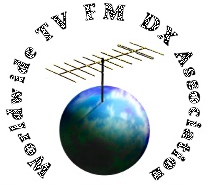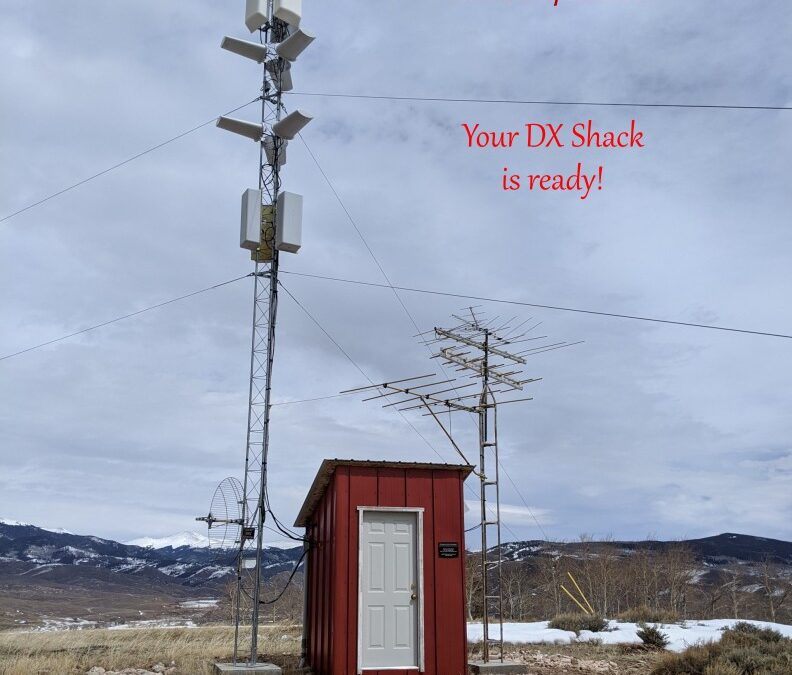**What Is Sporadic-E Propagation in the Radio and TV world?**
Sporadic-E propagation (or Es) is when radio signals are reflected off clouds of ionized gas in the E layer of the ionosphere, allowing radio amateurs to make contacts over distances of up to 2,200 miles (3,500 km). TV and FM dxers can expect typical distances of 750 to over 1,200 miles.
**How Does It Occur?**
Es season happens from late spring through summer when increased solar radiation ionizes the E layer, causing radio signals to bounce off it. The ionized clouds form sporadically and unpredictably, allowing signals to travel much farther than normal for a short time before disappearing.
**Why Is It Exciting?**
For hams, Es season means the chance to make rare long-distance contacts on the higher VHF and UHF bands. On 6 meters, you can work stations over 1,000 miles away, maybe even overseas! On 2 meters, contacts of 500 miles or more are possible. And for VHF TV and FM dxers, with the average distance being 650 miles to 1,300 miles, the real goal is to catch the elusive double hop signals, which can range from 1,600 miles to beyond 2,000 miles.
**How Do I Take Advantage of It?**
To make the most of Es, keep your radios and TVs in autologger mode so you don’t miss that surprise opening. As soon as you spot unusual reception on various frequencies, jump on the dial if you’re in the dx shack. Work the dial quickly before the opening disappears! Don’t forget to jump on the WLogger to see who else might be reporting E’skip dx at that very moment.
The E’skip season only lasts a few months, so get on the dial and make the most of this exciting propagation phenomenon while you can. With a little luck and patience, you’ll be snagging some very memorable long-distance DX catches this summer!
**When to Expect Sporadic-E Propagation This Season**
Sporadic-E season typically kicks off in late spring and continues through summer, peaking in June. During this time, you can expect the E layer in the ionosphere to become unstable, causing radio signals in the VHF, FM and sometimes in the UHF range, to refract and travel much farther than normal.
**Early Season: Late May through June**
In late May and June, Sporadic-E will start appearing for short periods, giving you a taste of the enhanced propagation to come. Signals may only last 15-30 minutes at a time, so you’ll need to act fast to work distant stations. The lower VHF and UHF bands like 6 and 4 meters will start opening up for regional contacts a few hundred miles away. There may brief moments that signals were sneak into the low VHF TV bands and lower end of the FM dial.
**Peak Season: Late June**
Late June is when Sporadic-E season is in full swing. The E layer becomes very unstable, and you can experience openings lasting 2 hours or more on 6 and 4 meters, as well as low VHF TV and the FM band. During major openings, intercontinental reception is possible. This is the time to keep a start watching for double hop possibilities.
**Winding Down July through August**
By the end of July, Sporadic-E starts becoming less frequent and intense. Openings are shorter, and the range of contacts decreases. However, enhanced propagation is still possible, especially on 6, 4 meters, and low VHF TV, with a random spike into the FM dial. Sporadic-E season officially comes to an end in late August as the E layer stabilizes, but openings can occur into September.
So get your low VHF TV and FM gear ready because this Sporadic-E season is sure to bring some thrilling long-distance contacts. With the right radio and antenna, you’ll be working stations from all over the North American continent and maybe one or two rare occasions to catch something exotic. Tune in, post your DX catches on the logger, and good DX chasing those elusive signals this summer!

